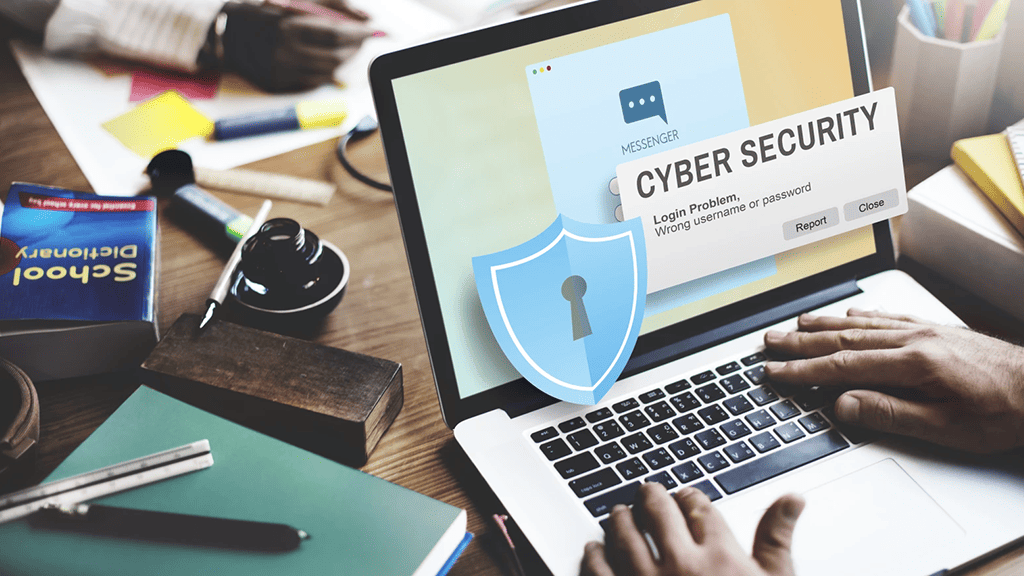
Contrary to popular conception, small businesses face an increasing threat from cybercriminals. Establishing robust small business cyber hygiene practices is no longer optional; it’s a crucial necessity. This article delves into the importance of cyber hygiene for small businesses and offers practical tips for creating a secure online environment.
Understanding Cyber Hygiene
Defining Cyber Hygiene: Cyber hygiene refers to the proactive practices and measures individuals and organizations adopt to maintain a healthy and secure online presence. For small businesses, this involves taking essential steps to safeguard sensitive information, customer data, and digital assets from cyber threats.
The Need for Cyber Hygiene in Small Businesses
Rising Threat Landscape: Small businesses are increasingly becoming targets of cyber attacks due to the misconception that they may have weaker security measures compared to larger enterprises. Cyber hygiene is the shield that reduces the risk of these attacks.
Consequences of a Data Breach: A single data breach can have severe consequences for small businesses, including financial losses, reputational damage, and legal ramifications. Cyber hygiene acts as a proactive defense, minimizing the risk of these repercussions.
Practical Tips for Small Business Cyber Hygiene
1. Regular Software Updates: Keep software and operating systems up to date. Updates often include security patches that address vulnerabilities, reducing the risk of exploitation.
2. Employee Training and Awareness: Educate staff about cybersecurity. Train them to recognize phishing attempts, use strong passwords, and follow security protocols to reduce the risk of human error.
3. Secure Networks and Devices: Ensure business networks are secure with robust encryption. Implement firewalls and use Virtual Private Networks (VPNs) for added protection. Secure all devices connected to the network.
4. Data Backups: Regularly back up business data. In the event of a cyber attack, having recent backups ensures a quick recovery and minimizes the impact on operations.
5. Multi-Factor Authentication (MFA): Implement MFA wherever possible to add an extra layer of security. Require users to verify their identity through multiple methods, such as passwords and mobile authentication codes.
6. Incident Response Plan: Develop a comprehensive incident response plan outlining steps to take in the event of a cybersecurity incident. A well-prepared response can minimize the impact of an attack and facilitate a quicker recovery.
Conclusion
Prioritizing small business cyber hygiene is not just defensive—it’s a proactive measure that safeguards the foundation of your business. Adopt a practical approach to cybersecurity to significantly reduce the risk of falling victim to cyber threats. In the digital age, a secure business is a resilient business.
Implement these cyber hygiene practices today to fortify your small business against the ever-evolving landscape of cyber threats. Stay secure, stay resilient.
